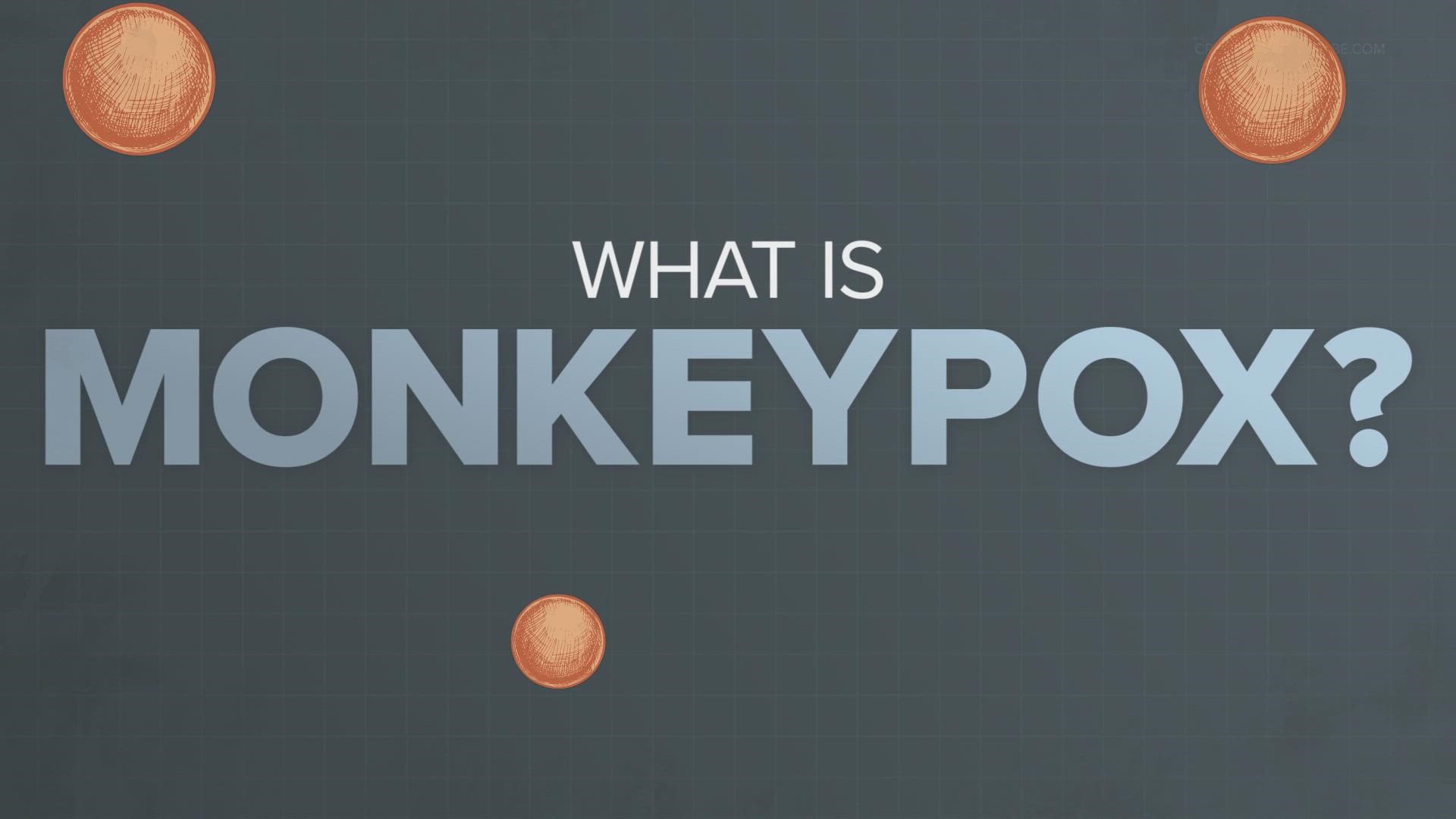HOUSTON — So what is monkeypox? Let’s start with the name. First of all monkeys are kind of getting a bad rap here. Monkeypox was first discovered in 1958 in monkeys being used for research. But it turns out they were not the source of it. They just happen to be susceptible to it just like humans.
It belongs to the same family of viruses as smallpox, but it is less contagious and not anywhere near as deadly. When smallpox was eradicated globally more than 40 years ago officials stopped vaccinating for it. And that’s part of the problem now. The smallpox vaccine provides protection against other pox viruses, including -- you guessed it -- monkeypox.
The last monkeypox outbreak in the U.S. was in 2003, but that was only 47 cases all linked to pet prairie dogs. Those animals were infected after coming in contact with small mammals imported from Ghana.
During this outbreak, monkeypox appears to be spreading through skin-to-skin contact with someone infected. It has an incubation period of usually one to two weeks and can start with a fever, muscle aches and fatigue. After that, a rash develops resulting in lesions. It typically lasts two to four weeks. While most people recover just fine, children and people with weakened immune systems are at risk for severe disease.
The U.S. uses two types of smallpox vaccine to fight monkeypox and the CDC says anyone who thinks they have been exposed should get a shot. But that is easier said than done. Doctors and patients are reporting lengthy delays in test results and a daunting amount of paperwork just to get treatment.

